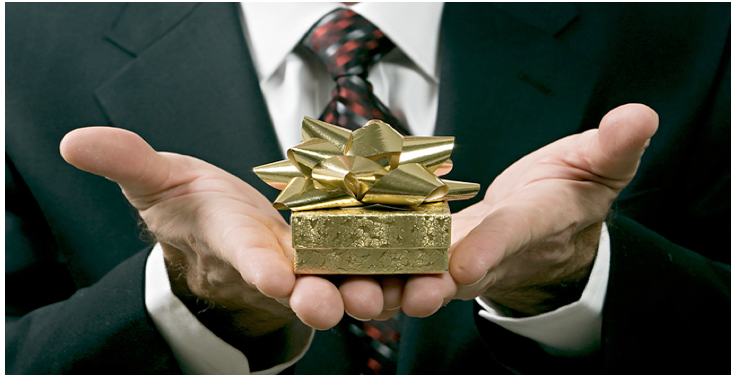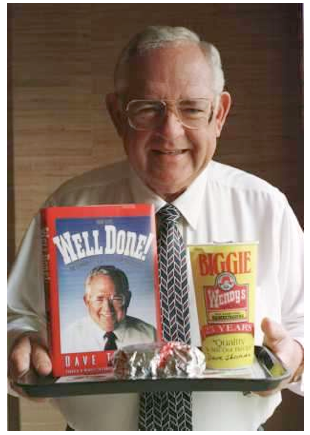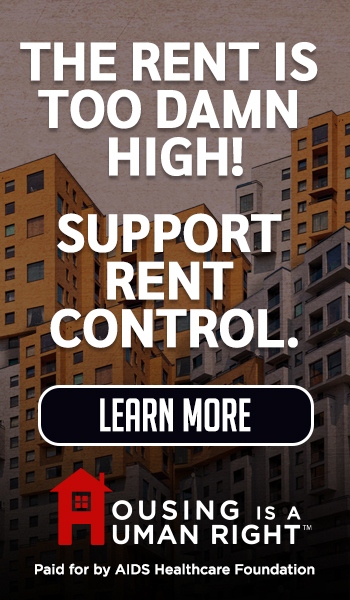DECISION TIME--Thirty-one years ago, Kevin Cooper was sentenced to death by a California court for the brutal murder of four people in a ranch house in Chino Hills, a middle-class suburb of Los Angeles.
The bodies of Douglas and Peggy Ryen, their 10-year-old daughter Jessica, and a family friend, 11-year-old Chris Hughes, were all found stabbed to death. Josh Ryen, the couple’s eight-year-old son, managed to survive the attack.
From the start, Cooper’s case has been besieged with controversy: Cooper has steadfastly maintained his innocence; the San Bernardino County Sheriff’s Department destroyed and concealed important evidence; and the case was the first to make use of then-new DNA testing. One 9th Circuit Judge went so far as to write that Cooper “is either guilty as sin or he was framed by the police.” In a scene seemingly taken straight from The Making of a Murderer, there are allegations that the police planted physical evidence implicating Cooper and concealed statements from eyewitnesses who claimed to have seen three white men leaving the crime scene on the night of the murders.
While no definitive evidence has been found to confirm Cooper’s guilt, he remains on death row. That’s because the Antiterrorism and Effective Death Penalty Act of 1996 constrains his ability to present new evidence. The AEDPA, passed during Bill Clinton’s administration, was one of a number of laws and regulations designed to prevent what were seen as an unending string of appeals afforded to those facing execution, particularly those who were claiming innocence as a result of newly discovered evidence.
But even judges involved in Cooper’s case have expressed doubt as to his guilt: One judge on the 9th Circuit called the ruling “wholly discomforting.” In 2009, the 9th Circuit denied en banc review of Cooper’s case, and the powerful dissent, joined by four other judges, begins: “The State of California may be about to execute an innocent man.”
Cooper is one of 747 people on California’s death row, and one of the 16 who have now exhausted all of his appeals. He faces execution if the backers of the (confusingly named) new pro-death penalty initiative, California Death Penalty Reform and Savings Act of 2016, have anything to do with it.
Amid declining support for the death penalty across the nation — 19 states have eliminated it entirely, and 2015 saw a record low in the number of death sentences and executions doled out — there’s been a joint endorsement by the California District Attorneys Association, law enforcement, and a majority of prosecutors across the state to enact the CDPRSA. They argue it will fix the death penalty.
That’s a potentially major shift in a state where more people on death row die from suicide than have been executed, and where more inmates have died of natural causes (60) than have been executed (13) since 1978. (Visiting San Quentin’s death row in 2015, the Los Angeles Times described a harrowing scene of wheelchairs lining the hallways.) Meanwhile, death row has cost California taxpayers $4 billion since it was reinstated in 1978. A Los Angeles Times story describes at least 20 death row inmates who are likely “permanently incompetent” — deemed to be unqualified for execution because of mental illness.
While the CDPRSA is being hailed by some as a panacea to prison bloat, there’s simply no research to support the notion that speeding up executions will save money—money that could be better used to solve cold cases or fund public defenders.
The death penalty in California has been headed toward extinction for a long time. Reinstated in 1978, death sentences, while technically legal, have been trapped in a morass of case law, further exacerbated by the unavailability of the execution drugs and the desperate attempts by the California Department of Corrections and Rehabilitation to write a new lethal injection protocol that survived the challenges of advocacy groups. As a result, no one has been executed in California since 2006.
With the exception of a few outlier counties, death sentences have gone down across the United States. Last year saw the lowest number of death sentences and executions in the last two decades. According to the Death Penalty Information Center, there were 49 death sentences issued in the U.S. in 2015, 14 of which were in California, more than any other state. (Texas, long a staple of the “death belt,” had only two.) These 14 death sentences were not evenly distributed throughout the state — Riverside County alone had eight.
There’s simply no research to support the notion that speeding up executions will save money.
Though California hasn’t executed anyone in a decade, certain counties in California continue to sentence people to execution at disproportionately high rates. As legal expert and senior researcher at the Charles Hamilton Houston Institute for Race and Justice’s Rob Smith explains, these outlier counties account for almost all of the death sentences in the U.S. It so happens that five of these counties are in California — Los Angeles, Riverside, San Bernardino, Orange, and Kern.
Kern, Orange, and San Bernardino counties have produced more death sentences than the three most death-loving Texas counties, despite having fewer people. Riverside County, which is home to just 6 percent of California’s population, has produced over 50 percent of last year’s death sentences, more than Los Angeles County, which has over three times as many people. Most experts argue that these death sentences are the result of overzealous prosecutions, not increased crime.
So, is the CDPRSA a ploy to cement Southern California as the new death belt?
The immediate risk posed by the CDPRSA is that innocent people will be executed. Three men have been exonerated from California’s death row since its reinstatement. And while the district attorney of San Bernardino, Michael Ramos (who is sponsoring the initiative and is running to replace Kamala Harris as attorney general of California), told me that “California has never executed an innocent person,” those who know the Tommy Thompson case might disagree. Thompson, who was convicted in 1984 in Orange County largely on the basis of snitch testimony, went to the execution chamber with many people still asserting his innocence. And, despite evidence to the contrary, Ramos remains similarly convinced of Cooper’s guilt.
Supporters of the CDPRSA argue it will save money and help victims — namely, by double-celling death row inmates and saving on their health care and other housing expenditures. But there’s little evidence to support this argument. In fact, there’s reason to think the initiative will cost more money than is currently being spent on death row, because it moves death cases to the front of the docket, pushing out other cases and jamming courts.
Further, the $4 billion that has been spent on death row has come at the cost of other public-safety provisions, particularly in the counties that seem to favor executions the most. In 2010, the California Supreme Court held that at least 18 cases in Riverside against people accused of felonies and serious misdemeanors were dismissed because of the “fault or neglect” of the county government; the new death penalty initiative would seem to further strain a system that has already proven insufficient.
There is also little to no reason to think that victims’ families benefit from a death sentence. Take the case of Scott Dekraai in Orange County — if the prosecutors there gave up the death penalty, the case would be over because no one questions Dekraai’s guilt. Instead, the Orange County district attorney’s pursuit of a death sentence, in light of substantial police and prosecutorial misconduct, just means the case will be stalled for decades. “Stop the madness. Take the death penalty off the table and end all the appeals, all the court appearances,” a victim’s sister said in the local press.
Rather than creating justice, speeding up the death penalty increases the risk of a dreadful mistake, all to satisfy a handful of prosecutors who should be focused on following the law, not making it. Courts will be blocked up and costs will increase. And while the Supreme Court decided not to take up the issue of whether the death penalty itself violates the 8th Amendment, Justice Stephen Breyer has given hints that he is watching the issue closely.
California’s showdown on whether the death penalty should be resuscitated will indeed be an interesting battleground to watch.
(Jessica Pishko writes for excellent Pacific Standard Magazine … where this piece originated.)
-cw







 Dave Thomas would have been ashamed--Dave Thomas (photo right) was the guy you may remember from Wendy's commercials. He has since passed on, but he represented his company on television for more than a decade, mostly in the 1990s. The other night I went into the Wendys over in Carson and ordered a burger and a bowl of chili. The young man at the register asked me if I'd like onions and cheese on my chili.
Dave Thomas would have been ashamed--Dave Thomas (photo right) was the guy you may remember from Wendy's commercials. He has since passed on, but he represented his company on television for more than a decade, mostly in the 1990s. The other night I went into the Wendys over in Carson and ordered a burger and a bowl of chili. The young man at the register asked me if I'd like onions and cheese on my chili. 




